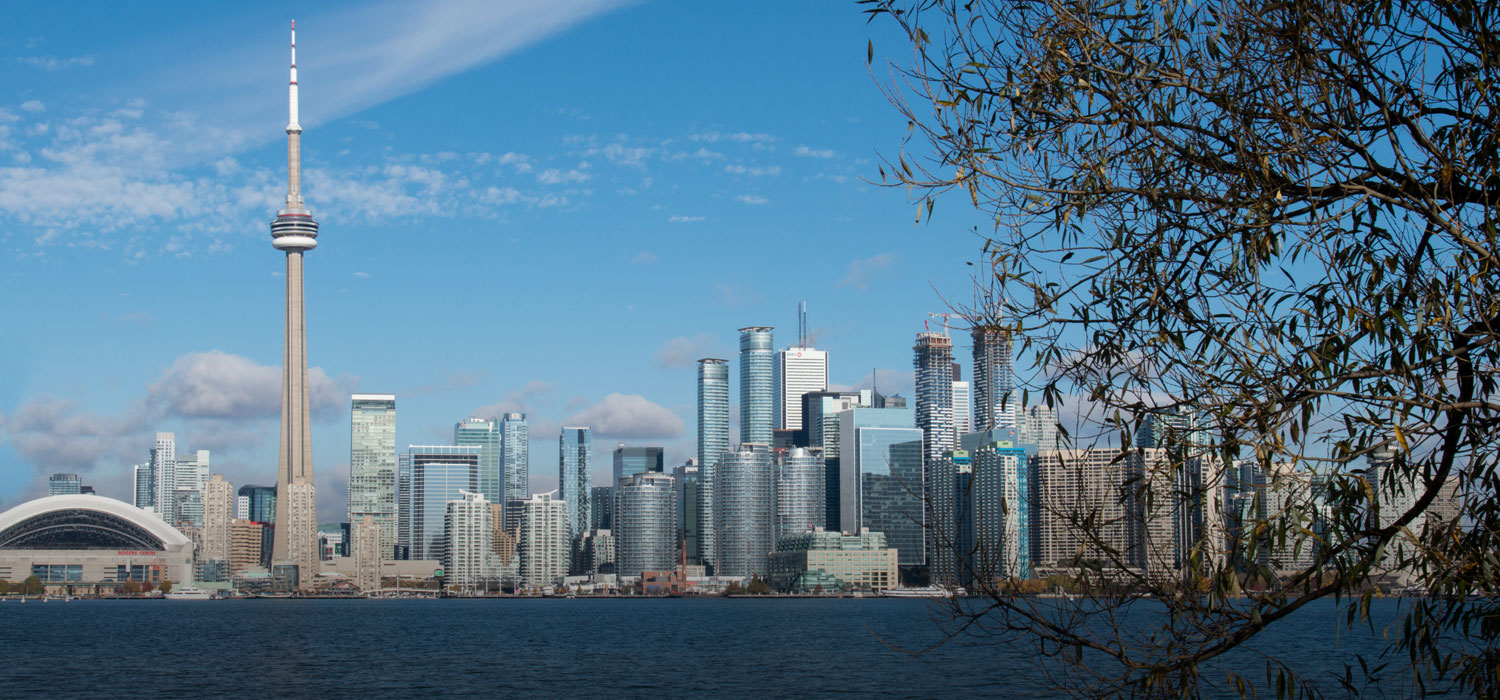
“Let us be English, let us be French, but above all let us be Canadian.”
John A. Macdonald
The stories that define us
From generation to generation often it is the stories that are told that bind us together. With all of the technology in our lives the fact that the study of history still remains so entrenched in the stories from so long ago is truly remarkable. Humans are often influenced greatly by the way they were brought up. People from a low income family in inner city detroit will certainly have a different identity than someone born into a more privileged life. Much of this is because of the things they were told as children, the stories they hear and the people they talk about. Needless to say the stories that are a part of you have a momentous impact on who you are as a person. Whether it be the racial conflict in today’s world, or the continuing first nation’s rights conflict, The stories have such a profound impact on the way we see the world and people around us.

Our strong nation
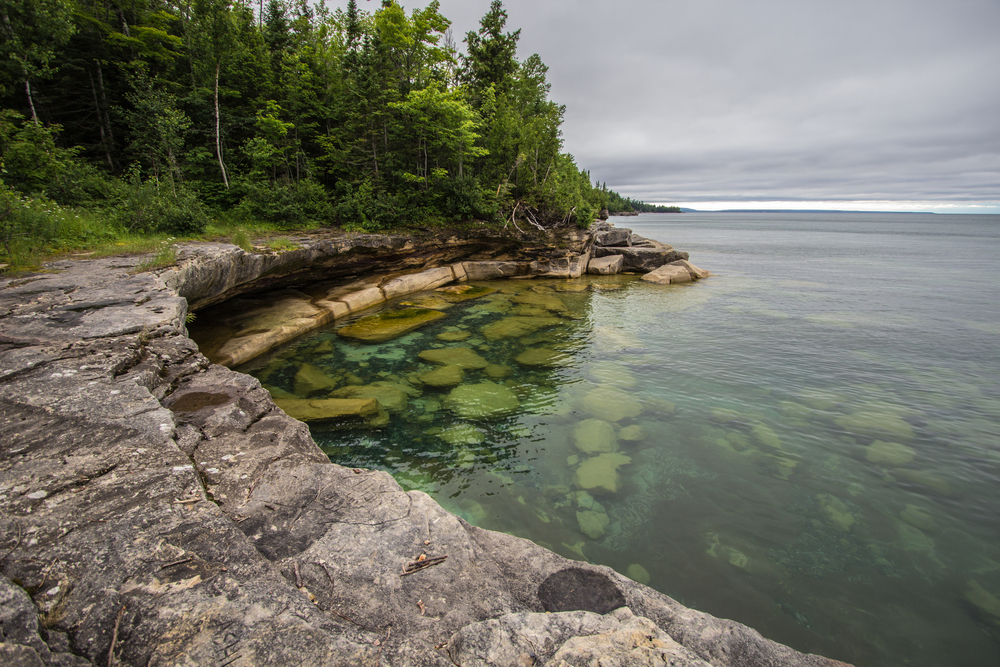
From far and wide our nation is strong. From our humble beginnings in BNA act to what we have become it has been a journey to get where we are today. Over the past few weeks I have studied and understood confederation and the events leading up to it so thoroughly that I comprehend each and every important event and its significance to wider political perspective. From the 20 year clash of 2 major political parties, to the the HBC (Hudson’s Bay co.), the long trek to confederation is a story inside itself.
“Profit should never come at the cost of human blood. Any government that places profit before people is pure evil.”
Suzy Kassem
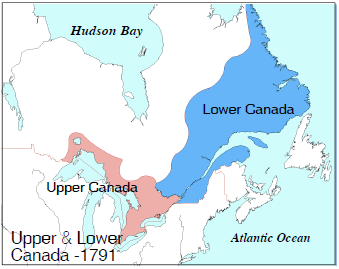
During the mid 1700’s Canada remains an unexplored wilderness but as the years pass slowly but surely signs of modernization become more and more evident. As the HBC expands westward and the colonizers begin to build lives for themselves a life on the new continent. A key point in this stage a of development is the complete disregard for native land claims. By the late 1700’s two major colony’s have emerged, Upper Canada (Modern day Ontario) and Lower Canada (Modern day Quebec). Both are colonial possessions of the British but Lower Canada has a predominantly french population. This arrangement could only lead to tension. Conflict between to the 2 countries the french and the british had been brewing for many centuries.
First the battle between The Northwest Company and the Hudson’s Bay co. a long drawn out economic war between the french and british companies, Northwest controlled by the french and Hudson Bay by the british. These 2 companies both were part of the booming fur trade industry. The majority of the trade was completed with the native population.The Hudson’s bay company had a distinct advantage over the newly formed Northwest company for it was founded hundreds of year earlier therefore centuries more experience and had a much more lengthy time to perfect their relationships with the native population.


However, the french were determined to become more than just a second tier business and expanded quickly on a different and more convenient platform for the aboriginal peoples. The company quickly expanded in power and influence and the HBC was not about to stand by and let their competitor corner the market. Squimeshes in the court and over the markets ensued for many years, until the HBC company finally held leverage over the Northwest after many decisive economic victory. This led to british government merging the 2 fur trade powers permanently into a company that is known today as “The Bay” This war did not bleed into actual conflict but the tension is a symbol to the long held rivalry between the 2 very distinctly different cultures.
“Will we let ourselves be destroyed in our turn without a struggle, give up our homes, our country bequeathed to us by the Great Spirit, the graves of our dead and everything that is dear and sacred to us? I know you will cry with me, ‘Never! Never!'”
Tecumseh Shawnee
The indigenous people have roamed this beautiful land for many years, and when the europeans arrived the natives were little prepared for the ensuing battle. Since the mid 1600’s all the way to the late 1900’s vast amounts of native territory was taken. Some were swindled from their land and others were pushed of by force.

No tribes were unaffected by the colonization process. At the beginning the europeans were happy to live beside the first nation peoples. The europeans needed the aboriginals to survive and they were happy to provide the knowledge that they had gathered over many generations. by the mid 1600’s the fur trade was booming as the HBC travelled further and further west. Their advances were halted by the large mountain range today known as the rockies. This would provide a short term isolation for the many tribes that were located in the pacific northwest. At this point the natives were living fine, aside from abandoning their values of only taking what they needed from the land. Many of tribes became very rich from this monopoly they had over the furs, but like any great monopoly, competition is bound to find a way into the business eventually. By the early 1700’s many of the natives no longer held that control over the furs as the colonizers slowly figured out how to find them by themselves.
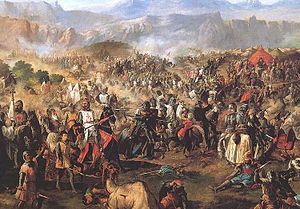
Relations remained good for many decades but as more and more people began to colonize mainly the eastern regions of canada it quickly became apparent that this partnership could not last. The land that the natives lived on was needed for the new settlers. The major problem is that the natives did not see the land as something that is owned. More as land to live on and hunt on but respected. In the end the first nations had to adopt the european land system and to avoid losing their land they had to either sign a variety treaty’s or fight for the land they already own. It is important to note that many of the promises made on the treaty’s would be broken by the british and french at one point or another.

Advances further west would not happen until the late 1800’s and by that point the native population was forced to live on reservations by the government. The fate of the western tribes would be much the same as the ones of the east, face a war against a stronger force or surrender your territory to the government. Just when the worst seemed to already happen the government implemented its assimilation program creating residential schools. These schools would attempt to strip all the aboriginal identity out of the young kids that were required to go there. Many died but all suffered under this brutal policy. Today relations are improving between the government and the first nations but centuries of mistreatment is hard to forgive and forget.
The rebellions of 1837 and 1838 in upper and lower canada were a series of military conflicts between the population of the colonies and the government backed by the crown. These rebellions were stomped out fairly quickly by the government but in the end the rebellions played a huge role in uniting upper and lower canada and eventually confederation. The rebellions were hard fought by the rebels but were vastly outnumbered by the much more technologically advanced british armed forces.

In both provinces lower and upper canada the fire of rebellion burned in the hearts of the population long after the battle had been fought. Many were discontent with the way the british treated them and the tension looked very similar to the prelude to the american revolutionary war. The british had to act fast to ensure that nothing got so violent that they would lose the colony. The proposal had 2 main ideas to keep the populations happy and patriotic underneath the british flag. The first was to combine upper and lower canada into the province of canada. The second was to enact responsible government in the new province.


The elected officials would sit on an assembly of half canada east representatives and half canada west representatives. This new democratic system was a risky move by the queen but she still remained in power over the colony if she so pleased. A decade passes and the system is both successful in its ability represent each cultures wishes but the system was failing on a day to day basis. The government’s 2 parties could not agree among themselves so it was a constant tug of war match between the 2 of them. By 1867 many of the elected officials and the population were ready for change
1867

The american civil war has ended but major political events are still taking place just north of border. 3 powerful men want unite all british north american possession into a single country. This tall task is not for the faint of heart, as many of the maritime colonies are closer to the US then they are to either canadian province, but they had a few other things to offer. The first was to build a transcontinental railroad uniting nova scotia to BC. This railroad had a huge economic potential for anyone who used it. It would open up many markets that simply could not have been reached otherwise. The second distinct advantage was a centralized defense force. This army could protect against what seemed like imminent american invasion.
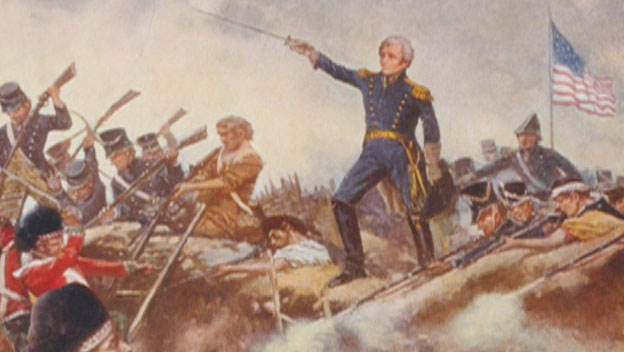
The 3rd main selling point was keeping a large portion of power in the hands of the colony (province) so it could remain autonomous and self regulating. This would be very important to the maritime colonies because of their large differences from the two continental powers. And finally the 4th selling point was representation in a responsible government. This government would be democratic but still leaving enough power in the hands of the provincial government. This confederation of canada would still answer under the queen and would have to take part in any war that the british engage in but it would allow canada to govern itself.

The proposal was brought to the queen herself and against all odds she accepted the proposal and a new canada was born!!!!
Heritage Minute’s
A collection of bilingual Canadian 60-second short films, each depicting a significant person, event or story in Canadian history. First released in 1991, they have been shown on television, in cinemas and online, and have become a part of Canadian culture.
One of my favorite Heritage minutes
Creating Our Own Heritage Minute
In a group of 4 people including myself we have worked countless nights on perfecting a short 60 second video that conveys a canadian story before confederation. Each group was required to do a film within the limits of one wide topic, for my group we had to focus on land and territory. My group consisted of Kai, Luca and Melika. My group was a hard working and very promising group and even though we had overcome our busy schedules I feel we worked really well together. We started this project by studying various heritage minutes to understand techniques they use to help storytell. We explored many different editing styles and a wide range of topics. This experience would prove very helpful when we began to make scripts storyboards and when we eventually edited our films.
The first task in any project was research and from the beginning our group knew we wanted to study something that has a significance to us. When we came across the Oregon boundary dispute this seemed to fit what we wanted to study perfectly.
 There were canadian figures involved in the fight for the land. The dispute was another example of american aggression towards controlling as much land is at it possibly could, and the HBC and prominent british columbian pushed to make sure that no more land would be lost. Looking back at this part of project I feel we could have focused a bit more. If we focused a little more on exact historical accuracy, it would have made things a lot easier later on the project.
There were canadian figures involved in the fight for the land. The dispute was another example of american aggression towards controlling as much land is at it possibly could, and the HBC and prominent british columbian pushed to make sure that no more land would be lost. Looking back at this part of project I feel we could have focused a bit more. If we focused a little more on exact historical accuracy, it would have made things a lot easier later on the project.

It was now time to storyboard, script and plan the filming. This is the part I feel my group and I struggled the most at. Although I believe our story is solid when we put it into words it felt quite meek and uninteresting. The first order of business is to create a storyline for your film after doing the research we must create beginning, middle and end to our story.
 As we all worked on it we noticed a glaring problem in this event and that problem is that there is no big impactful event. It is more of diplomatic struggle, and we realized this might be hard to show in a film and make it interesting. We had to improvise and create emotion when there wasn’t much to be had during the the dispute.We completed our story outline quickly and immediately were thinking ahead about the script and eventually how it would translate into a 1 minute film. Developing the script was interesting as it took many tries to get the words so they fit the time frame. In the end I still feel the words left a lot to be desired, looking back I wish I gave it few more tries at getting the words just right. I feel we conveyed the story quite well with the way we set up the script but there were some ideas I wish I spent more time pursuing when we came up with a basic story outline.
As we all worked on it we noticed a glaring problem in this event and that problem is that there is no big impactful event. It is more of diplomatic struggle, and we realized this might be hard to show in a film and make it interesting. We had to improvise and create emotion when there wasn’t much to be had during the the dispute.We completed our story outline quickly and immediately were thinking ahead about the script and eventually how it would translate into a 1 minute film. Developing the script was interesting as it took many tries to get the words so they fit the time frame. In the end I still feel the words left a lot to be desired, looking back I wish I gave it few more tries at getting the words just right. I feel we conveyed the story quite well with the way we set up the script but there were some ideas I wish I spent more time pursuing when we came up with a basic story outline. 
During this time it is essential to note that we were getting feedback from both our teacher and our fellow classmates. As we went through this process it became clear that our story is good but lacked a bit of a dramatic element, something we had noticed from the beginning, we still hoped that our dramatized acting could make a huge difference in the film. We then worked on completing our story board, this would just highlight the shots we needed already stated on the script to make sure that we don’t miss any come filming time. I never have been a huge fan of storyboarding but I suppose it did help as a bit when we got our shots.
The long drafting process began shortly after we finished the storyboard and script. Our story would undergo minor change but never enough that we would need to redo the entire script. As we began the filming process we realized that we had to cut out 2 of the beginning scenes and make the lost story up with more detailed explanations in other scenes. In the end I am glad we did this as the scene we would have had to fulm we have been extremely difficult and thrown of the whole vibe of the video.
DRAFT 1
During this draft we just dipped our feet into what we could accomplish. Playing around with the music, shots and titles to see what we could come up with. As we transitioned into draft 2 we continued to play around with new music and titles, but did not update with any more shots when we probably should have.
DRAFT 2
Differences between the 2 films are minimal but changes to the auditory experience were evident in the movie. Adding titles really improved the ability to understand the movie’s message and it was a theme that I would continue to use throughout any following drafts .The transition to the draft in which we displayed to a class outside PLP followed a similar pattern. We adjusted the music and some minor title details to help imrpove the viewer experience
DRAFT 3
Not only did we adjust the auditory experience but we also added some filters to both the audio and the visuals to help convey the time frame. This led to a film that is good in the editing sense but could use some reshooting, Me and my group had been putting off reshooting for as long as possible but after this it appeared the only thing left to do is reshoot if we wanted to improve our movie.
FINAL DRAFT
Our final draft sported the many advances we made in previous drafts coupled with the new shots and scenes. This powerful combo of additions could only lead to a great film. The combination of dramatic piano background music to help set the tone of the whole movie. A filter that helps set the tone and the setting of the whole movie. Audio that is clear and a script that conveys the drama and informs the viewer. And last but not least the editing adds to the complexity of the film, not distracting the viewer but subtleing setting the mood. It is also important to note that the ending is now the consistent and clean fade out created by Daniel Wickstone, this created a great close to the minute while informing the viewer of the creators of this piece of art. There are not too many things I would like to change looking back, my only regret being the weak pick of a story, I wish I could change what we chose to study. If we chose a story with more drama and complexity I feel our end product could have been way more interesting and engaging. I enjoyed learning about the evolution of canadian government and the long trek to confederation. I have always found history interesting and I never thought I would be as interested in the canadian side of history as I was.

